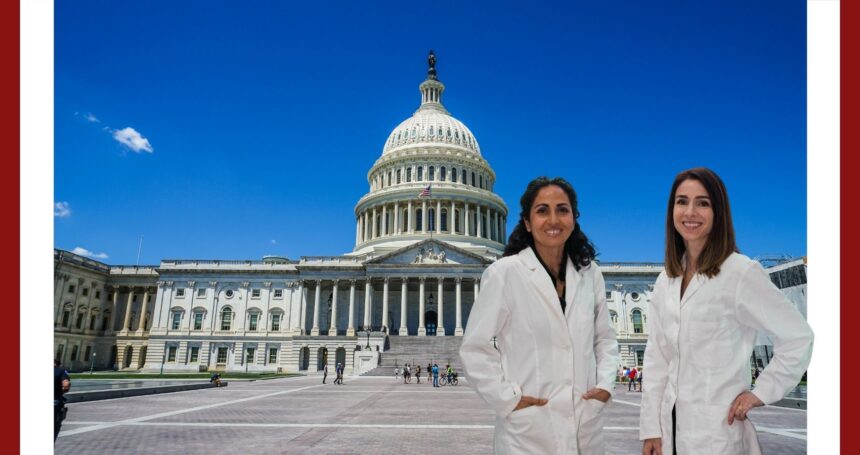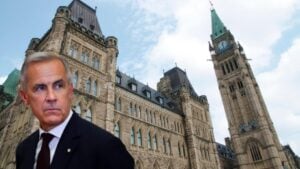When a major government climate report is released, it rarely goes unnoticed. These assessments guide policy, shape investment, and influence global debates. They also attract criticism. Recently, headlines suggested that dozens of scientists uncovered flaws in a government-issued climate report. Such claims can sound explosive, raising questions about accuracy, transparency, and the trustworthiness of climate science.
This guide takes a step back. Rather than reacting to a single headline, it explains how climate reports are assembled, why scientists sometimes dispute methods or conclusions, and what readers should look for when interpreting claims of errors. The aim is not to settle political arguments but to give readers a durable framework for understanding controversies around climate science reporting.
How Government Climate Reports Are Built
Climate reports issued by governments are massive undertakings. They are usually produced by interdisciplinary teams of scientists, economists, and policy experts. Drafts go through multiple rounds of review, including peer review, public comment, and scrutiny by independent advisory panels.
The purpose is not to generate new research but to synthesize the existing body of peer-reviewed literature. Authors summarize what is known about observed changes, project future scenarios, and assess impacts on sectors such as agriculture, energy, and health. Because these assessments are consensus-driven, they tend to emphasize findings that are strongly supported rather than speculative.
Why Disagreements Arise
Science advances through debate. Even with rigorous review, no report is immune from criticism. Disagreements often focus on three areas:
- Climate projections depend on computer models that simulate temperature, precipitation, and other variables. Small changes in assumptions about emissions or land use can yield different results.
- Observed climate trends, such as hurricane frequency or wildfire damage, may have multiple causes. Some scientists may argue that attribution to climate change is overstated or underdeveloped.
- Reports sometimes include discussions of economic or social implications. Critics may say these sections move beyond science into advocacy.
Examples of Past Critiques
Challenges to government climate reports are not new. Past assessments have seen researchers argue that hurricane intensity data were misinterpreted, that regional temperature projections were inconsistent, or that economic damage estimates relied on narrow assumptions.
These critiques do not usually overturn the broader conclusions that climate change is occurring and that human activities play a central role. Instead, they highlight uncertainties in scale, timing, or local effects. Recognizing those uncertainties is part of the scientific process.
As of September 2025, the weight of evidence continues to support the central findings of major climate assessments. Criticism should be read not as a dismissal but as part of the ongoing effort to make these reports as accurate and useful as possible.



















